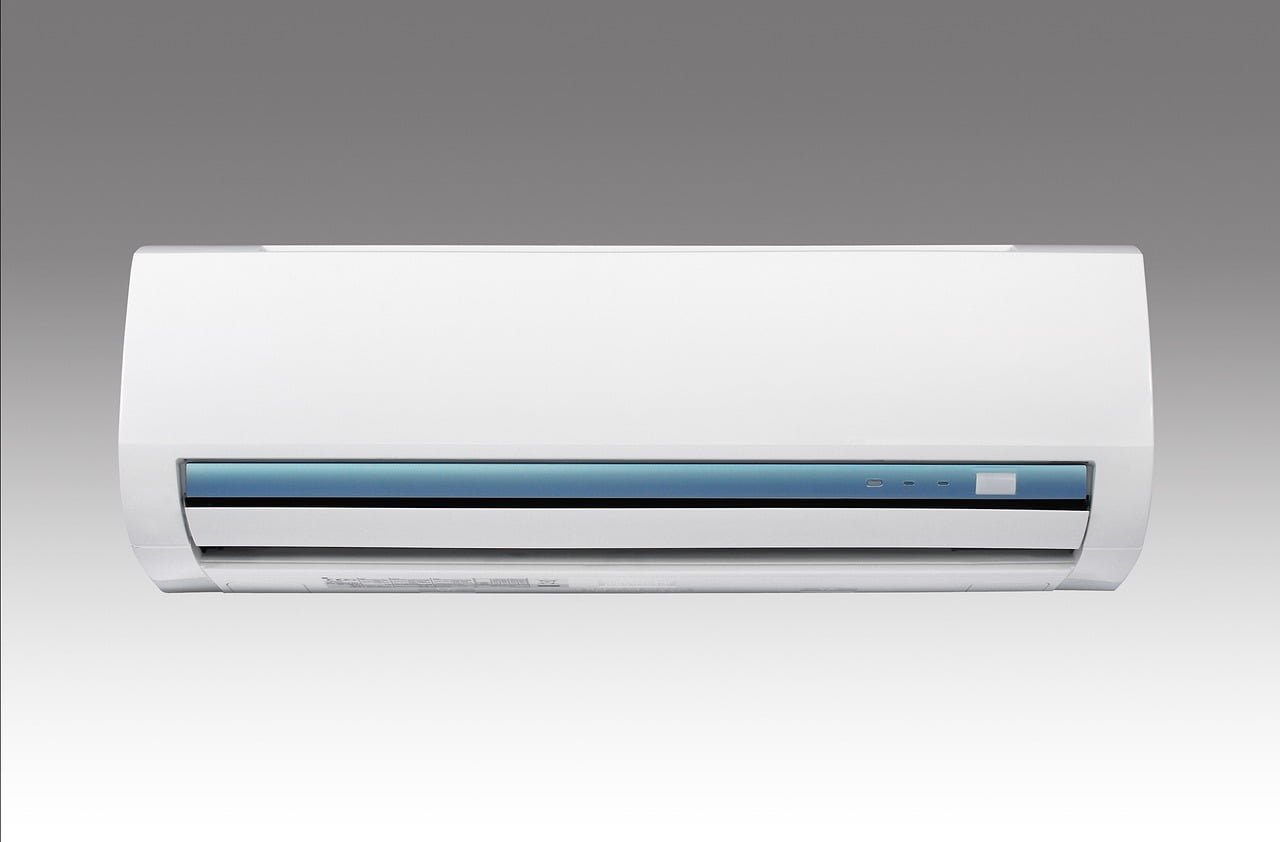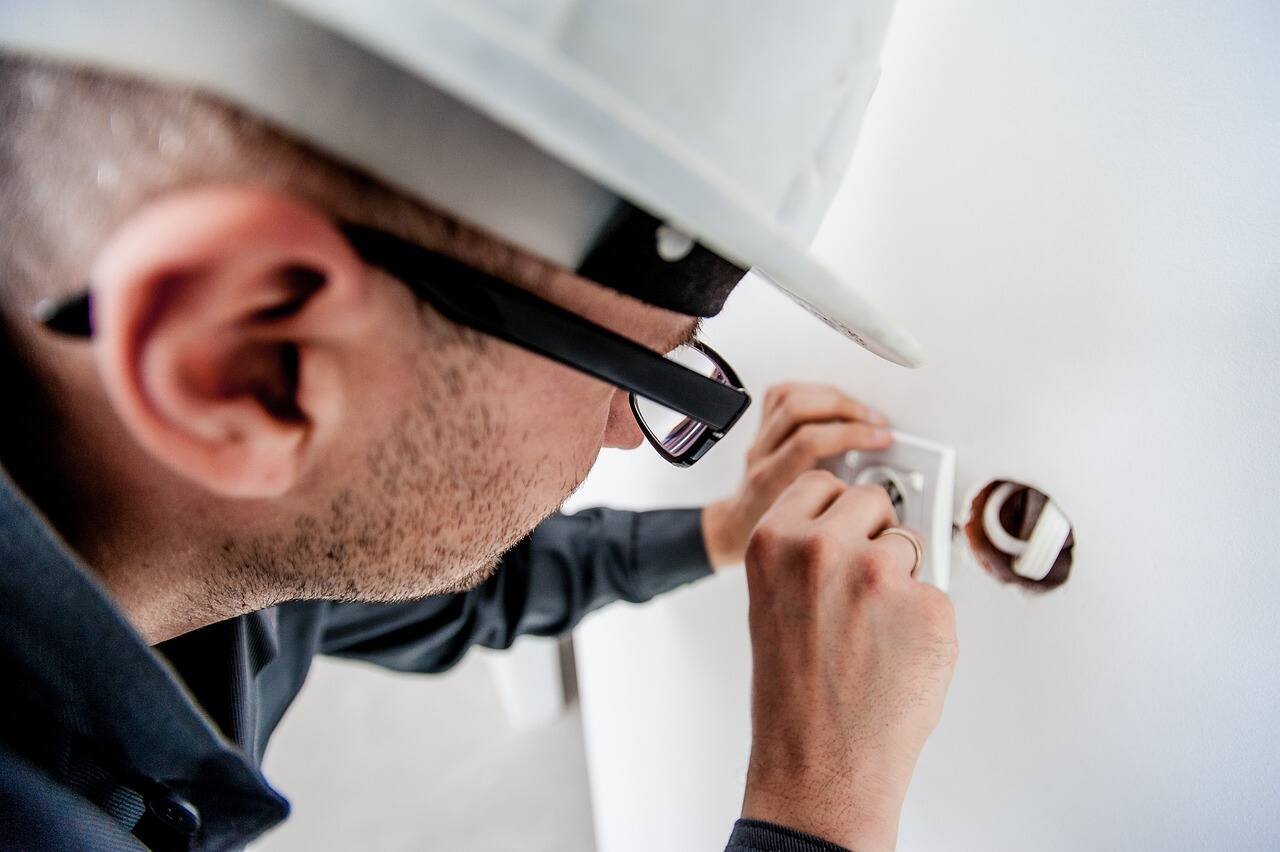If you want to heat or cool your garage efficiently, a ductless mini-split system might be the perfect solution.
Why Choose a Mini Split for a Garage?
Thinking about cooling down your garage? A mini split for the garage. Installing a mini-split for a garage is a fantastic idea. It’s energy-efficient, easy to install, and pretty sleek. Plus, you won’t have to mess with ductwork. So, for a chill workspace or hangout spot, a mini split for garage is definitely a win!
What are the Benefits of Using a Mini Split in Your Garage?
A ductless mini-split system is an excellent choice for garage climate control as it offers several advantages:
- Energy-efficient heating and cooling without the need for ductwork
- Easy installation with minimal disruption to your garage space
- Flexible zoning options for precise temperature control
- Compact and discreet design to fit seamlessly within the garage
How Does a Ductless Mini Split Differ from Traditional HVAC?
Unlike central HVAC systems, ductless mini-splits don’t require extensive ductwork.
Instead, they consist of an outdoor unit connected to one or more indoor units through small refrigerant lines.
This makes installing a ductless system in your garage much easier and more cost-effective.
Do You Need a Mini Split for Heating and Cooling?
Many homeowners are opting for zone mini splits to enhance their comfort. ductless mini-splits offer both heating and air conditioning capabilities, making them ideal for year-round climate control.
However, if you only need cooling, a dedicated ductless air conditioner can be a more affordable option for your garage.
How to Determine the Right Size Mini Split for Your Garage

Figuring out the right size mini split for garage is pretty simple. First, measure your garage. Then check out some online BTU calculators to match your space. It’s also a good idea to consider insulation and climate. A well-chosen mini split for garage ensures efficient heating and cooling. Easy peasy!
How to Calculate the Required BTU for Your Garage Space
To choose the right mini split size, you’ll need to determine the required BTU (British Thermal Unit) output.
This calculation considers factors like the square footage, insulation, and ceiling height of your garage.
As a general rule, you’ll need approximately 20-30 BTU per square foot for cooling and 30-40 BTU per square foot for heating.
What Factors Influence the Mini Split Size You Need?
In addition to square footage, other factors that impact mini split sizing include:
- Number of windows and their exposure to sunlight
- Level of insulation and air leakage
- Number of people or heat-generating appliances in the garage
- Climate and desired temperature range
Installation Process: How to Put a Mini Split in Your Garage
Alright, thinking about setting up a mini split for garage? No worries, it’s simpler than you think! First, pick a good spot on the wall for your mini split for the garage unit. Then, drill a hole for the pipe, hook up the connections, and voila! You’ll be cooling or heating in no time.
What Tools and Materials Do You Need for Installation?
Before installing a ductless mini-split in your garage, you’ll need:
- The mini split unit itself (outdoor and indoor unit)
- Copper tubing, electrical wiring, and line set covers
- Power drill, hole saw, and other basic tools
- Access to your garage exterior for the outdoor unit
Steps to Installing a Mini Split in Your Garage
The basic installation process involves:
- Mounting the outdoor unit in a suitable location
- Drilling a hole through the garage wall for the refrigerant lines
- Mounting the indoor unit and connecting it to the outdoor unit
- Connecting the electrical wiring and drain lines is crucial when installing a mini-split.
- Vacuuming and charging the system with refrigerant
Should You Hire a Professional or DIY?

While experienced DIYers can install a mini split, it’s generally recommended to hire a professional HVAC technician.
Improper installation can lead to leaks, inefficiency, and potential safety hazards.
A licensed contractor can ensure proper installation and typically provides warranties on their work.
Top Mini Split Models for Garages
Looking for the best mini split for garage units? Check out top models like the Pioneer WYS012G-19 and Senville SENL-09CD. These are great mini split for garage options, offering powerful cooling and heating while being super energy-efficient. Perfect picks if you want year-round comfort while working on projects!
What Are the Best Mini Split Systems for Garages?
Some top-rated mini split brands and models for garages include:
- Mitsubishi Ductless Mini Split Systems
- Daikin Ductless Air Conditioners
- LG Art Cool Ductless Mini Splits
- Senville SENA Ductless Mini Splits
- MRCOOL DIY Ductless Mini Split Systems
How to Compare Different Mini Splits?
When comparing mini split options, consider factors like:
- Energy efficiency (SEER and HSPF ratings)
- Heating and cooling capacity (BTU output)
- Noise levels and operational modes
- Ease of installation and maintenance
- Warranty coverage and customer support
Energy Efficiency: How Efficient is a Mini Split for a Garage?

Thinking of getting a mini-split for a garage can be a smart investment. mini-split for your garage? Consider the needs of the garage first. A mini split can heat and cool your space efficiently. The unit can be placed almost anywhere, helping you maintain the desired temperature.
Whether it’s a new system for an upgrade, choosing the right mini-split for a garage is essential. The BTU system is crucial. The unit can cool in summer and heat in winter, maintaining a consistent temperature year-round.
Consult an expert to help you find the right one for your garage. It can save you money on your energy bills since air conditioners or space heaters can be costly, and ductwork can be expensive. Making the right choice will make all the difference!
What are the Energy Savings of Using a Ductless Heat Pump?
Ductless mini-splits can be remarkably energy-efficient, especially when compared to traditional window units or baseboard heaters.
Their inverter technology allows them to adjust output based on demand, reducing energy waste.
Many mini splits are also Energy Star-rated for their efficient heating and cooling capabilities.
How to Maximize Energy Efficiency with a Mini Split System
To ensure your mini split operates at peak efficiency:
- Choose a properly sized unit for your garage
- Regularly clean or replace air filters
- Consider adding insulation to your garage
- Use the unit’s built-in energy-saving modes
Troubleshooting Common Problems with Mini Splits in Garages
When troubleshooting common problems with mini-splits in garages, check the cost to install a mini-split for your needs. air handler and compressor first. If your heating and cooling system isn’t efficient, make sure to insulate your A mini-split for a garage can effectively regulate temperature and improve comfort. properly. Mini-split systems for your garage often struggle if the garage door isn’t an insulated garage. Ensuring the right mini-split system. Choosing the right installer for your single-zone mini splits can make your experience smoother. garage comfortable.
Installing a mini split air conditioner or a ductless AC can meet the temperature and humidity needs of your garage. From ceiling cassette units to ductless indoor units, there are various unit options available. Personally, I found a single-zone system to be perfect for the mini split in my garage. Make sure to review indoor unit options to find the best fit for your air conditioning system, and consider the garage size and insulation. Garage mini split.
When converting your garage into a living space, it’s crucial to install a high SEER-rated system. Whether it’s a wall space unit or a ceiling cassette, a mini-split can heat and cool your space efficiently. Using Energy Star-rated mini split air conditioners also helps with energy savings. Properly selecting a mini-split system for your garage will ensure it’s functional when you want to use your garage frequently.
With various unit options available, it’s easier to find the right system for your garage. Whether it’s for converting your garage into a workshop or a cozy hangout, making the right mini-split system for your garage is key. This guide can help you find solutions, ensuring you select the perfect ductless mini split air for an insulated garage.
What Should You Do If Your Mini Split Stops Working?
If your mini split system stops functioning properly, start by checking:
- The air filter for clogs or dirt buildup
- The outdoor unit for any obstructions or debris
- The thermostat settings and battery levels
- The circuit breaker or fuse box for tripped circuits
If these basic troubleshooting steps don’t resolve the issue, it’s best to contact a professional technician for further diagnosis and repair.
How to Maintain Your Mini Split System for Optimal Performance?
Proper maintenance is key to ensuring your mini split operates efficiently and lasts for years. Follow these tips:
- Clean or replace air filters regularly (every 1-3 months)
- Keep the outdoor unit free of debris, leaves, or vegetation
- Inspect and clean the condensate drain lines annually
- Schedule professional tune-ups and maintenance checks
When to Call a Professional for Mini Split Repairs?
While some minor issues can be resolved with basic troubleshooting, it’s best to call a professional HVAC technician if you encounter:
- Refrigerant leaks or low refrigerant levels
- Electrical issues or malfunctioning components
- Strange noises or vibrations from the units
- Persistent performance issues or inefficient operation
Attempting complex repairs yourself can be dangerous and may void manufacturer warranties.
FAQs
Is a mini-split a good idea for a garage?
Yes, a mini split is an excellent choice for heating and cooling your garage. They are energy-efficient, easy to install, and provide precise temperature control without the need for ductwork.
What size mini-split do I need for a garage?
The size of the mini split you need depends on the square footage of your garage, as well as factors like insulation, ceiling height, and desired temperature range. As a general rule, you’ll need around 20-30 BTU per square foot for cooling and 30-40 BTU per square foot for heating.
Is $12,000 BTU enough for a garage?
A 12,000 BTU mini split can be sufficient for a small to medium-sized garage of around 400-500 square feet, assuming it is well-insulated and you don’t need extreme temperature ranges. However, for larger spaces or areas with poor insulation, you may need a higher BTU unit.
How many BTUs to cool a 400 sq ft garage?
For a 400 square foot garage, you’ll typically need a mini split with around 8,000-12,000 BTU of cooling capacity. However, other factors like insulation, ceiling height, and desired temperature will also impact the required BTU output.


